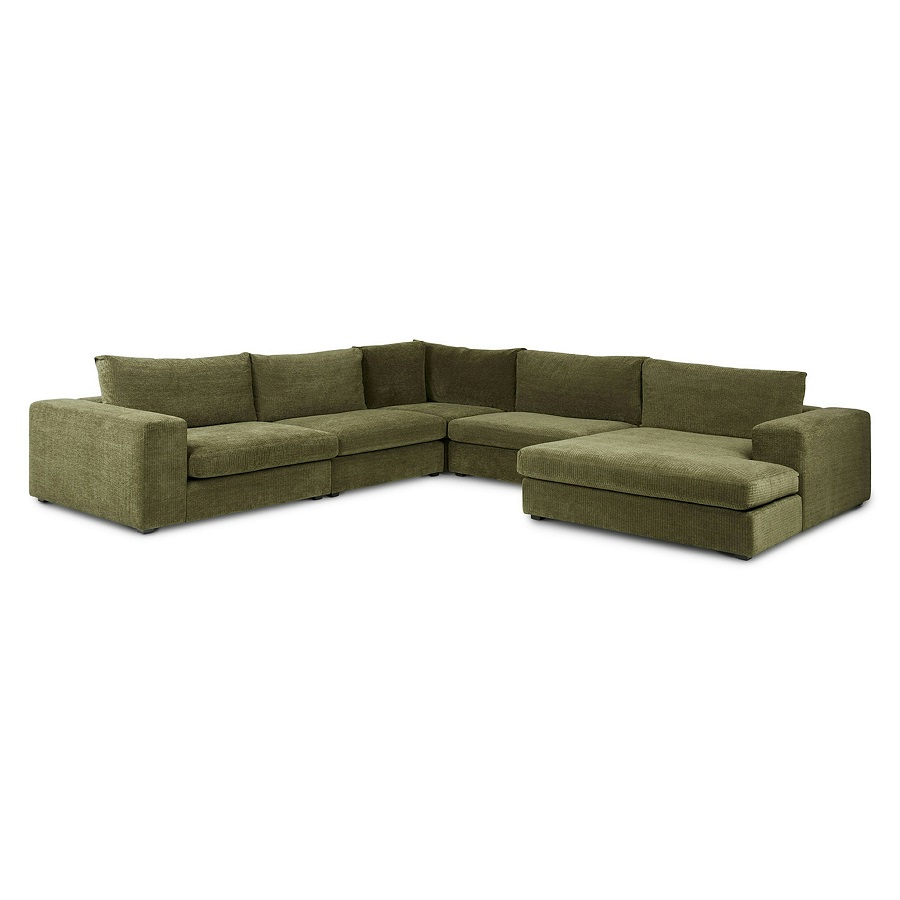Introduction: The Importance of Proper Mattress Disposal
In today’s world where sustainability and environmental consciousness are paramount, disposing of old mattresses responsibly has become more critical than ever. With millions of mattresses ending up in landfills each year, the environmental impact is substantial due to the large volume they occupy and the materials they contain, which can take years to decompose. Proper mattress disposal not only reduces waste but also contributes to recycling efforts and can even support local communities. This guide outlines several responsible ways to dispose of your old bed, ensuring a cleaner, greener future for all.

Understanding Mattress Composition and Its Impact on Disposal
Before diving into disposal methods, it’s crucial to understand what a typical mattress is made of. Mattresses consist of various materials, including steel springs, foam (polyurethane or memory foam), wood frames, cotton, and synthetic fibers. These components can be recycled or repurposed if handled correctly, but if not, they contribute to environmental pollution. For instance, foam can release harmful chemicals as it breaks down, while metal springs left in landfills are a wasted resource. Thus, responsible disposal aims to separate these materials for recycling or upcycling.
Option 1: Recycling Programs and Facilities
Many cities now have dedicated mattress recycling programs or facilities that specialize in breaking down old beds into their component parts for reuse. These facilities often partner with local waste management services, making it easy for residents to schedule a pickup or drop-off. During the recycling process, materials like steel, foam, and wood are separated and sent to respective industries for reuse, significantly reducing waste. Before discarding your mattress, research local recycling options and follow their guidelines to ensure smooth processing.
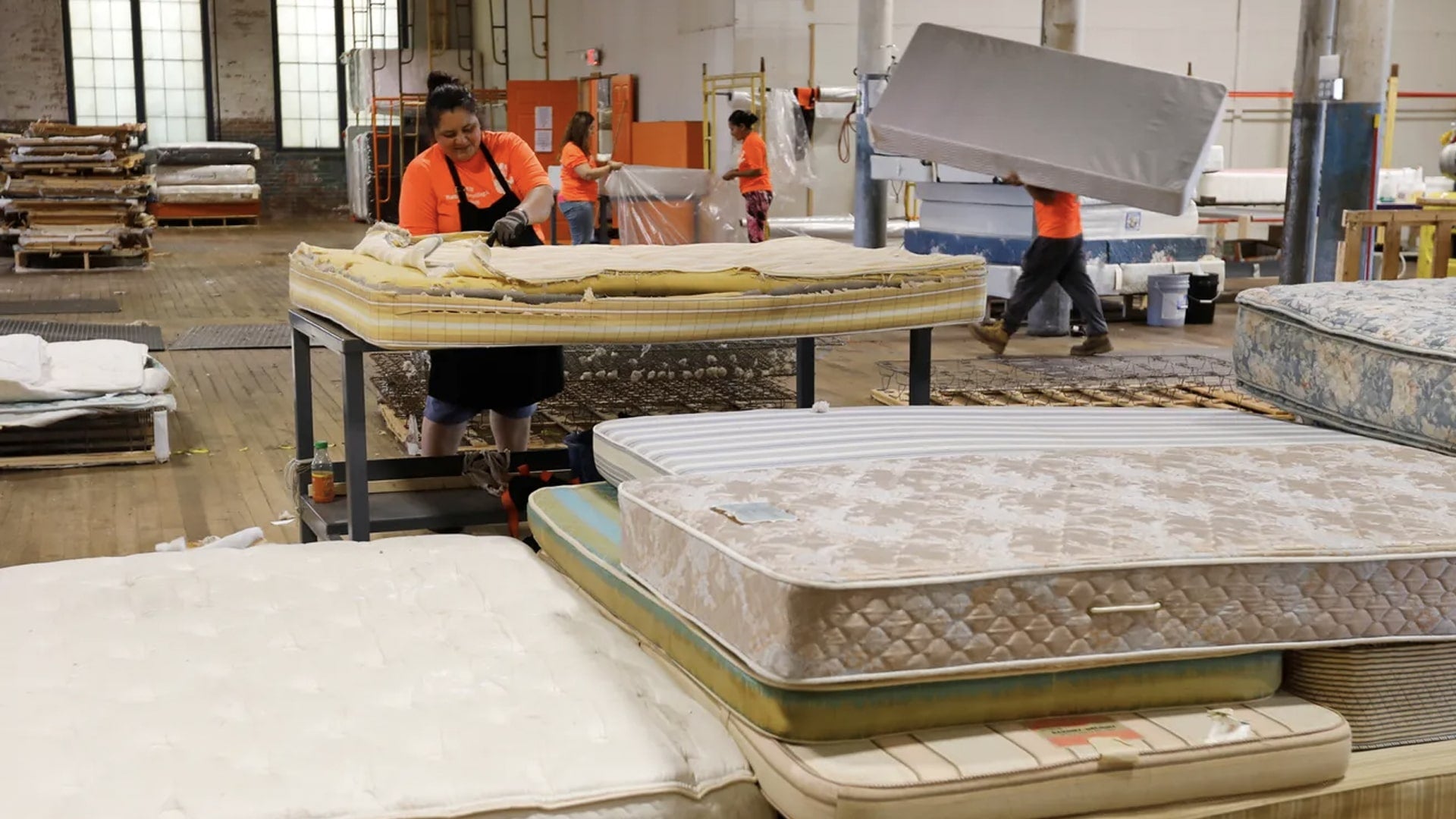
Option 2: Manufacturer Take-Back Programs
An increasing number of mattress manufacturers and retailers have implemented take-back programs, allowing customers to return their old mattress when purchasing a new one. These companies either recycle the mattresses themselves or work with third-party recyclers. Such programs not only simplify the disposal process for consumers but also demonstrate corporate responsibility towards sustainable practices. When shopping for a new mattress, inquire about take-back options and factor this service into your buying decision.
Option 3: Donate to Charities and Non-Profit Organizations
If your mattress is still in good condition, consider donating it to charities, shelters, or non-profit organizations that provide furniture to those in need. Many organizations accept gently used mattresses as long as they meet specific cleanliness and quality standards. By donating, you not only divert waste from landfills but also contribute to improving someone’s living conditions. Be sure to check with the receiving organization for their specific requirements and arrange for transportation if necessary.
Option 4: Sell or Give Away Online
Another eco-friendly and potentially profitable approach is to sell or give away your old mattress through online platforms such as Craigslist, Facebook Marketplace, or neighborhood groups. This method allows you to directly connect with individuals seeking affordable bedding options. Ensure transparency about the mattress’s age, condition, and any stains or damage to set realistic expectations. Remember to sanitize the mattress thoroughly before handing it over to its new owner, adhering to hygiene standards.
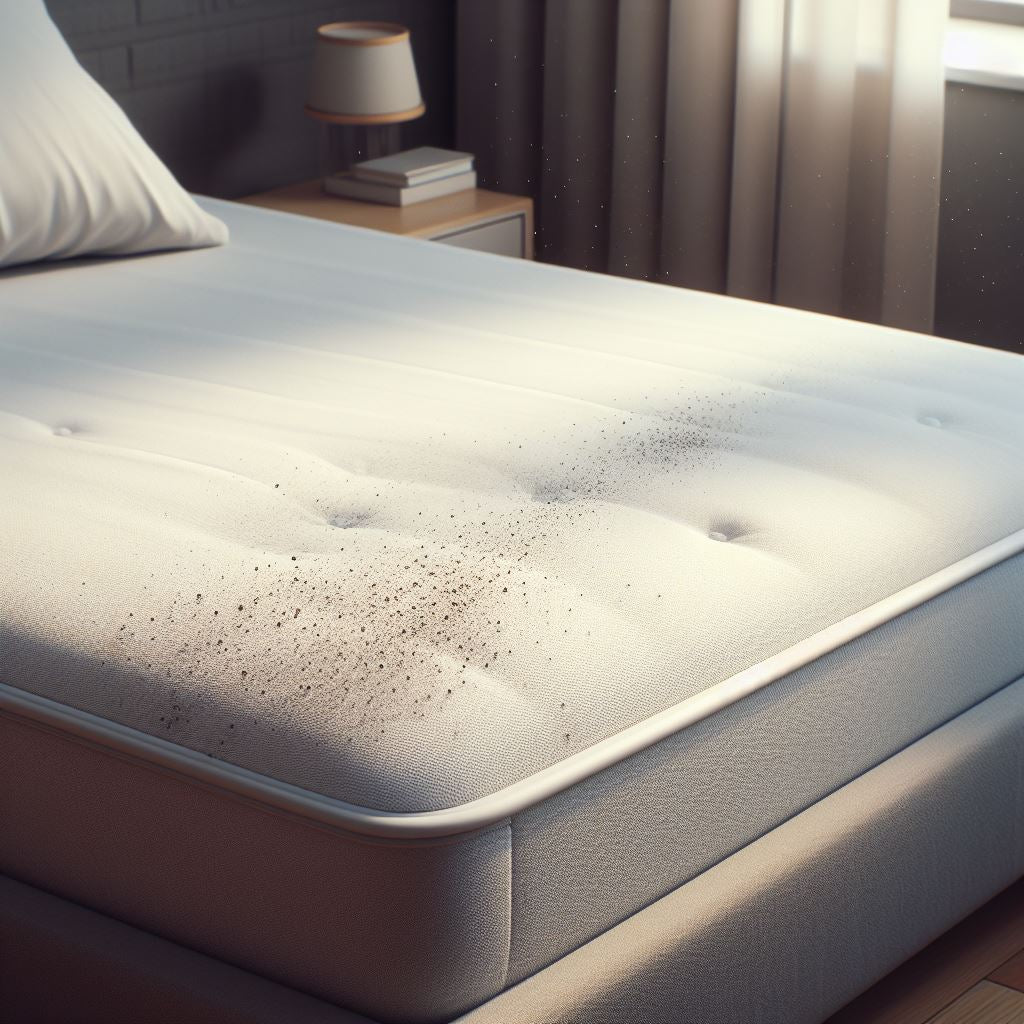
Option 5: DIY Upcycling Projects
For the creatively inclined, upcycling an old mattress into something new and functional can be a fulfilling endeavor. Mattress springs can be transformed into unique wall art, outdoor furniture, or even garden trellises. Foam can be cut and repurposed as pet beds, cushion inserts, or play mats. Wood frames can be repurposed for woodworking projects. Before embarking on a DIY project, ensure you have the necessary tools and skills, and always prioritize safety.
Handling Stained or Infested Mattresses
Dealing with stained or infested mattresses requires extra care. In many cases, these cannot be donated or recycled due to health and safety regulations. If your mattress falls into this category, contact specialized waste disposal services that handle biohazardous materials. Some cities have designated collection days for such items. It’s crucial to be transparent about the condition to avoid contaminating recycling streams or causing harm to others.
Environmental and Community Benefits of Responsible Disposal
Choosing a responsible disposal method for your old mattress contributes significantly to environmental preservation. It reduces landfill space, conserves resources by promoting recycling, and minimizes pollution from decomposing materials. Moreover, donations support community members in need, fostering a sense of social responsibility. As awareness grows, these practices encourage a circular economy where waste becomes a resource, benefiting both present and future generations.
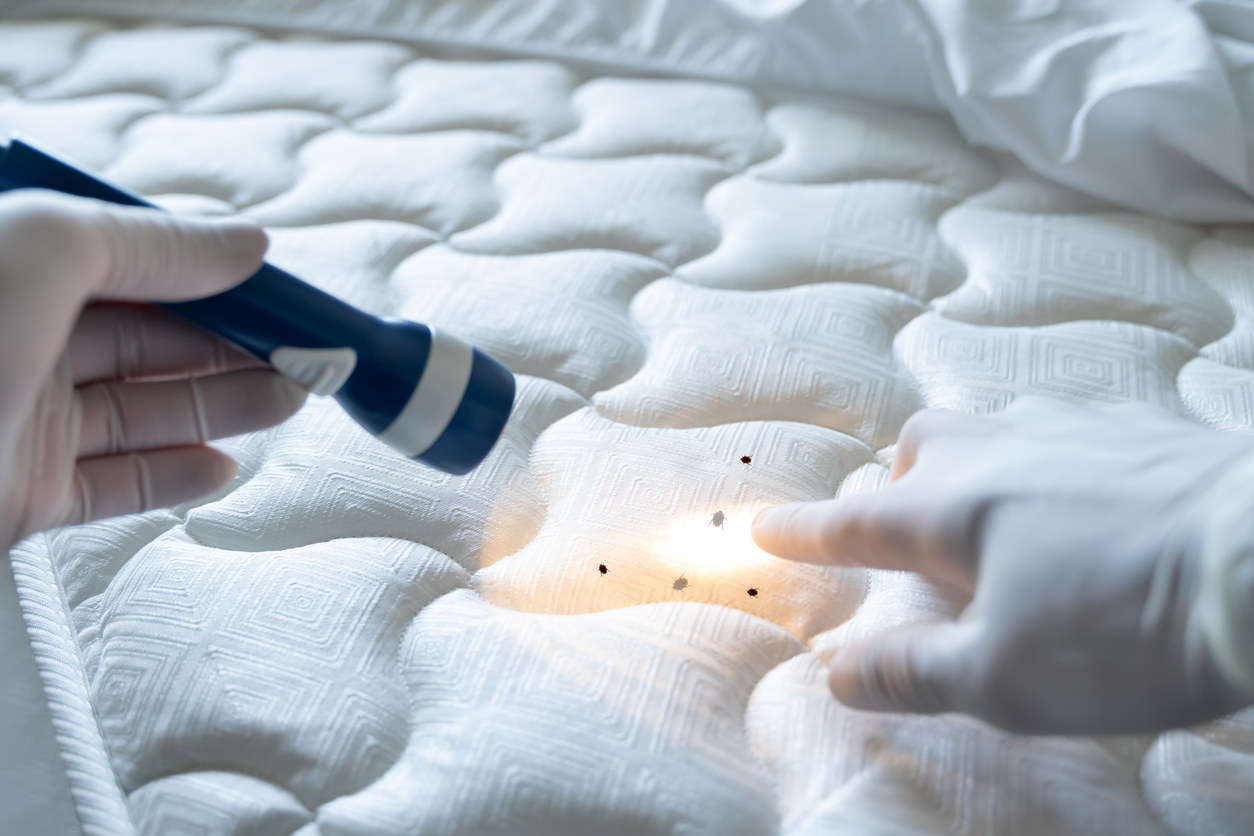
Economic Benefits of Mattress Recycling and Reuse
In addition to the evident environmental and social advantages, responsible mattress disposal also presents economic benefits on both a micro and macro level.
- Cost Savings for Local Governments: Landfill space is limited and expensive to maintain or expand. Properly recycling mattresses instead of landfilling them reduces the burden on municipal waste management systems, saving taxpayer money in the long run. Recycling fees are often lower than landfill tipping fees, making it a cost-effective solution for communities.
- Job Creation: The growth of mattress recycling industries leads to job creation across various sectors, including collection, transportation, processing, and material transformation. These jobs often require specialized skills and training, contributing to a skilled workforce focused on sustainability.
- Economic Stimulus Through Recycling Industry: Recycling mattress materials like steel, foam, and textiles generates revenue by reintroducing these resources back into manufacturing supply chains. This circular model supports domestic industries, reduces reliance on raw material extraction, and fosters innovation in product design for recyclability.
- Boost for Secondhand Market: Encouraging the sale or donation of used mattresses strengthens local economies by providing affordable options for low-income families. This not only supports budget-conscious consumers but also stimulates small businesses and online marketplaces that facilitate such transactions.
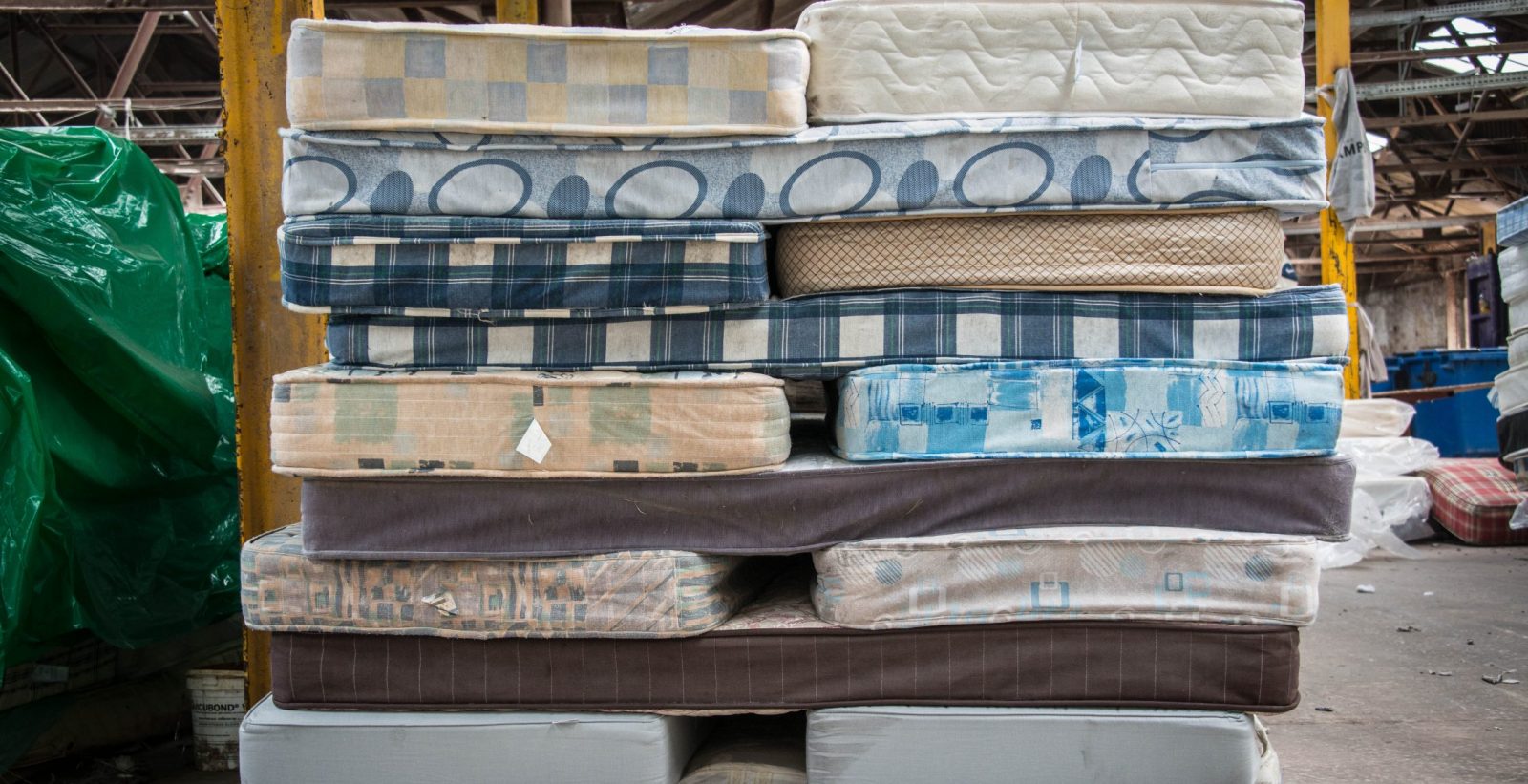
Conclusion: Making a Difference Through Conscious Disposal
Properly disposing of your old mattress might seem like a small act, but collectively, it has a substantial impact on our environment and communities. By exploring recycling programs, utilizing manufacturer take-back schemes, donating to those in need, selling or giving away online, engaging in upcycling projects, or handling stained/infested mattresses responsibly, we each play a vital role in promoting sustainability. As consumers, we hold the power to drive change through our choices, turning a routine task into an opportunity to contribute positively to the planet. Let us embrace responsible mattress disposal as part of our commitment to a greener, cleaner future.









